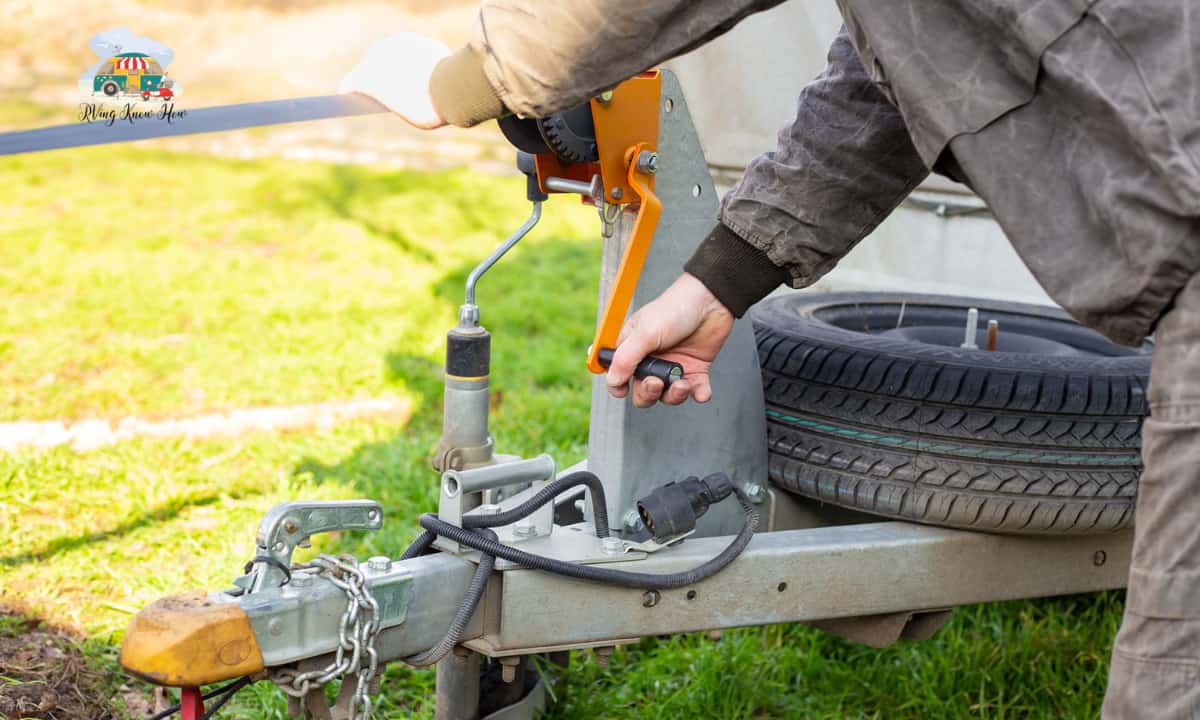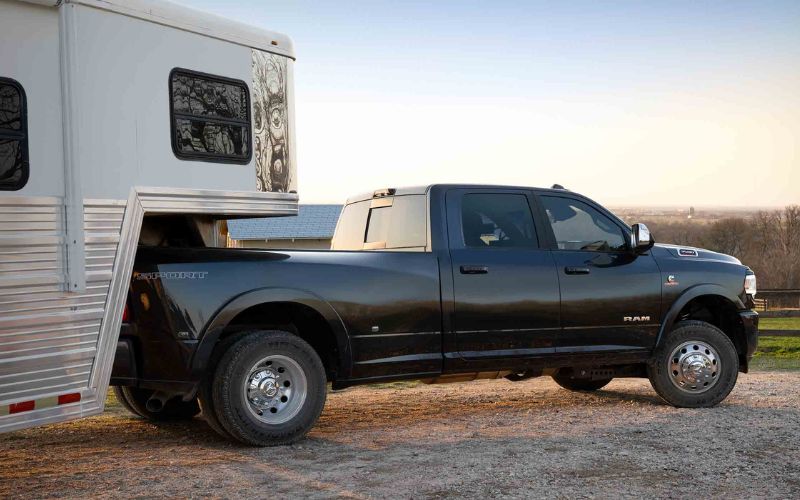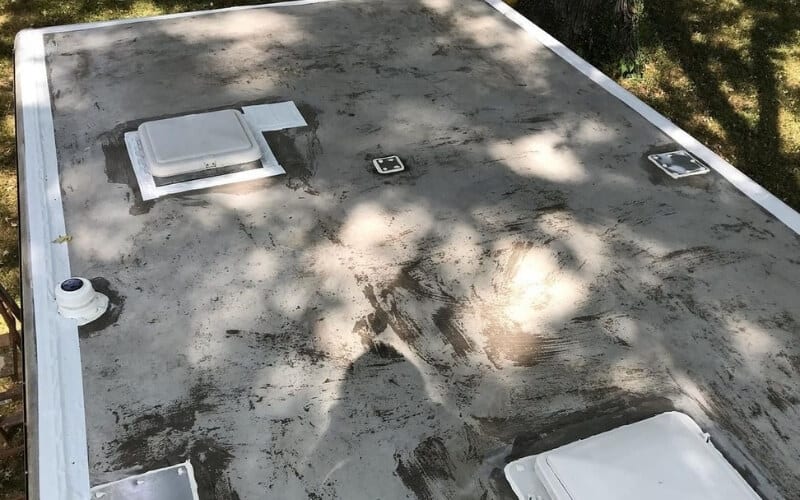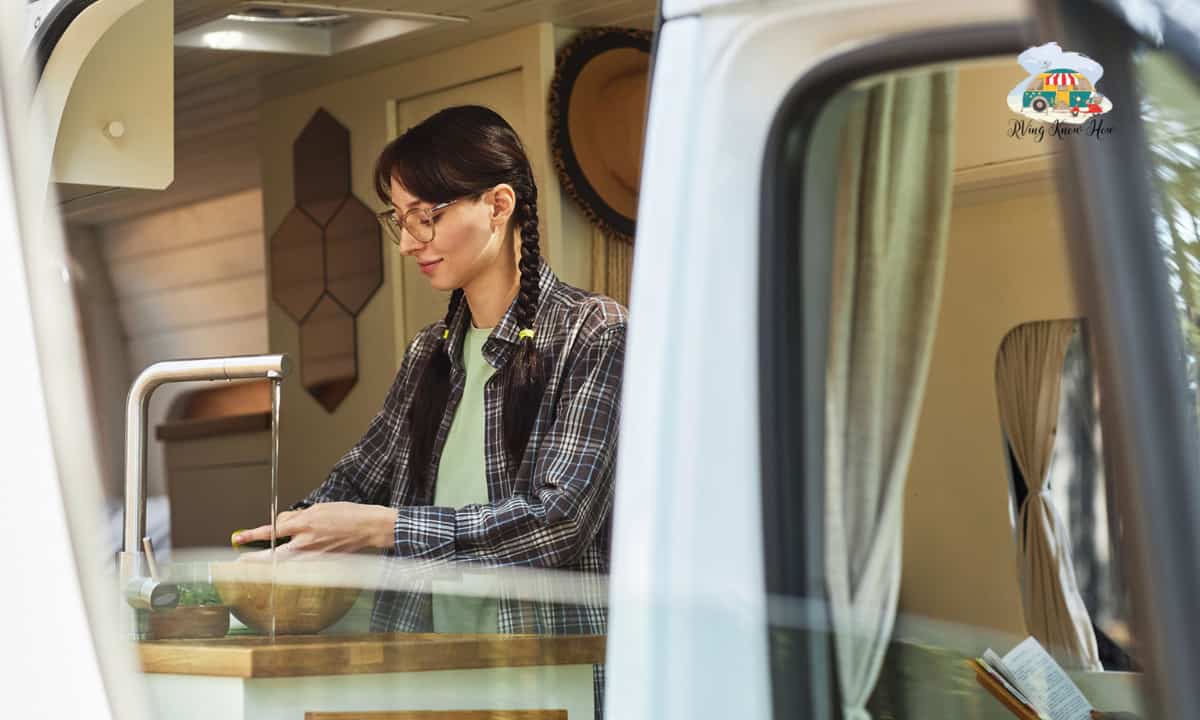Hey there, fellow adventurers! If you’re like me, you love exploring the great outdoors and taking your trusty trailer along for the ride.
But have you ever found yourself in a sticky situation where you needed to pull your trailer out of a ditch or up a steep incline? That’s where mounting a winch on your trailer can come in handy.
In this article, I’ll share my experience and step-by-step instructions on mounting a winch on different trailers. Whether you have a gooseneck, flatbed, enclosed, or tilt deck trailer, I’ve got you covered.
Plus, I’ll walk you through wiring your winch to a vehicle power source and provide safety precautions to ensure everyone stays safe while using it. So grab some tools, and let’s begin our quest for freedom!
How To Mount a Winch on a Gooseneck Trailer
If you’ve got a gooseneck trailer and want to add a winch, here’s how to mount it.
First, mark the center and mounting plate.
Then, drill bolt and hole markings and bolt in the winch mount!
It’s important to consider where you want to mount the winch on the trailer. Options include mounting it at the gooseneck trailer’s top, middle beam, or bottom.
First, find the center point on your trailer where you want to mount the winch.
Next, locate a suitable mounting plate and align it with the center point.
After that, drill holes for bolts and line up these holes with those on your winch mount.
Finally, secure everything in place by bolting everything together using nuts and washers as needed.
Properly installing your trailer winch on a gooseneck trailer will prepare you for all kinds of hauling tasks!
Mounting a Winch on a Flatbed Trailer
When outfitting a flatbed with a winch, considering the placement and method of installation can help ensure safe and efficient operation. There are two main options for mounting a winch on a flatbed trailer: using the railing or mounting the winch to the bed.
Here are some factors to consider when deciding which option is best for your needs:
- Railing mount: This option involves attaching the winch to the railing on either side of the trailer. It provides greater flexibility regarding where the winch can be positioned along the length of the trailer but may not be as secure as mounting directly to the bed.
- Bed mount: Mounting directly to the bed provides maximum security and stability but limits where to position the winch. You’ll need to drill holes into the bed for bolting in a winch plate mount or use a hitch combo bar if you want a removable option.
- Capacity: Be sure that your chosen mounting option can support your desired weight capacity.
- Wiring: Properly wiring your winch is crucial for safety and efficiency.
Regardless of your mounting option, ensure it is securely fastened and can handle your intended loads.
An adequately mounted trailer hitch winch can save time and effort during loading and unloading operations while providing an added safety layer.
Mounting a Winch on an Enclosed Trailer
For those looking for a safe and secure way to haul equipment, an enclosed trailer offers several options for winch installation. One option is to mount the winch on the floor bed of the trailer using a winch plate mount. This method allows for easy access and can be securely bolted down.
Another option is to install the winch inside a cabinet, providing added protection from weather and theft. However, this method may require more advanced carpentry skills.
When choosing an electric trailer winch, it’s important to consider weight capacity and a power source. Make sure the winch can handle the weight of your equipment, and determine if you will use a separate battery or connect to the vehicle’s power source.
Installing in-line circuit breakers and disconnecting electrical connections during winching operations are also crucial safety precautions. With careful consideration and proper installation techniques, mounting a winch on an enclosed trailer can provide added convenience and security for hauling equipment.
Mounting a Winch on a Tilt Deck Trailer
Are you looking to make loading and unloading heavy equipment a breeze? Look no further than mounting a winch on your tilt deck trailer. You can quickly load and unload objects without additional workforce or equipment by fitting your camper with a winch plate mount using a hitch combo bar. A car trailer winch can also be used in this application.
To mount the winch, begin by marking the center of the mounting plate on the beam of the tilt deck trailer. Then, drill bolt and hole markings before bolting in the winch mount. With these steps completed, you’ll be ready to use your new winch for all your heavy-lifting needs.
Always take safety precautions when operating any type of machinery or equipment, including a winch for trailers.
Wiring a Winch to a Vehicle Power Source
You can easily power your winch for the trailer by wiring it to your vehicle’s battery or a separate power source. This is important in ensuring you have all the necessary equipment for your heavy-duty towing needs.
Here are some tips to help you wire your winch to a vehicle power source:
- Use a winch wiring kit specifically designed for your vehicle make and model.
- Make sure the battery’s fully charged before starting the installation process.
- Connect the positive (red) cable from the winch to the positive terminal on the battery, and connect the negative (black) cable from the winch to a grounded metal surface on your vehicle.
- Install an in-line circuit breaker between the battery and winch to prevent overload or short circuits.
- Test your newly wired winch by engaging it with a load and checking for proper operation.
Following these simple steps, you can ensure that your trailer-mounted winch will be powered up and ready when needed. Whether hauling heavy loads or navigating rugged terrain, having a reliable winching system can make all the difference.
Safety Precautions for Winch Mounting and Wiring
To ensure your safety and avoid mishandling of equipment, it’s essential to take proper precautions when mounting and wiring a winch for your trailer. Here are some guidelines to follow:
- Always wear eye-protective glasses when working with batteries.
- Follow the manufacturer’s guidelines for the weight capacity of your winch and avoid overloading it.
- Use appropriate bolts and hardware to handle the weight and pressure when mounting the winch on your trailer.
- Install in-line circuit breakers for overload protection.
- Unhook trailer electrical connections during operations when wiring the winch to a separate battery source or vehicle power source to prevent accidents or damages.
- Place all connections inside a toolbox to protect them from damage and weather elements.
Remember that safety should always come first when operating heavy-duty equipment like a winch for trailers. By following these guidelines, you can enjoy trouble-free towing without worrying about accidents or mishaps caused by improper installation or usage of your winch system.
Frequently Asked Questions
What is the weight capacity of a typical winch used for mounting on a trailer?
A typical winch for mounting on a trailer varies in weight capacity depending on the make and model. Ensuring the winch is not overloaded beyond its weight capacity is essential to avoid damage or injury.
Can a winch be mounted on the side of a trailer instead of the rear?
No, a winch should not be mounted on the side of a trailer. The rear is the safest and most suitable location for mounting a winch on a trailer. Always follow safety precautions when installing and using a winch.
Is it possible to wire a winch to the trailer’s existing electrical system instead of using a separate battery?
Yes, it is possible to wire a winch to the trailer’s existing electrical system. However, ensuring that the system can handle the amperage draw and install in-line circuit breakers for safety is essential.
Are any specific tools or equipment needed to mount a winch on a trailer?
I need bolts, a mounting plate, and drill hole markings to mount a winch on a trailer. Other tools include pulley blocks with D-rings and hitch combo bars. Avoiding overloading the winch beyond its weight capacity and following proper safety precautions is essential.
How do I properly maintain and care for my winch to ensure longevity and safety during use?
To maintain and care for my winch, I regularly inspect it for damage, keep it clean and lubricated, and store it in a dry place. I also follow weight capacity guidelines and safety precautions during use to ensure longevity and safety.
Conclusion
So there you have it, how to mount a winch on different types of trailers, wire it to a vehicle power source, and take safety precautions. It’s important to remember that the kind of trailer and practicality should be considered before installing a winch.
Additionally, safety is crucial when handling a winch to avoid injury or damage. When mounting a winch on a gooseneck trailer, ensure the installation is compatible with the trailer’s design. For flatbed trailers, use heavy-duty hardware for secure attachment.
When mounting on an enclosed trailer, consider ventilation and accessibility. Lastly, when installing on a tilt deck trailer, ensure the winch can handle the weight capacity. Wiring the winch requires proper electrical connections and fuses for safe operation.
Always check manufacturer instructions and refer to professional help if needed. Remembering these tips will help ensure the successful installation of your winch and safe usage in future endeavors—additional research resources for further guidance or consult professionals as needed.






